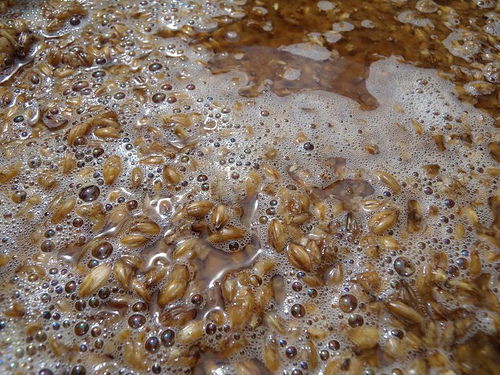Dimethyl Sulfide Stripping Behavior During Wort Boiling Using Response Surface Methodology (2015)

Abstract: The action of two wort variables (power input and boiling time) on the residual dimethyl sulfide (DMS) of two boiled wort substitutes (water/DMS and water/sugar/DMS) was modeled and analyzed using response surface methodology. The analysis showed that both power input and boiling time had significant impact on residual DMS during wort boiling, with power input contributions of 12.4 and 11.9% for water/DMS and water/sugar/DMS, respectively, and boiling time contributions of 45.6 and 48.8% for water/DMS and water/sugar/DMS, respectively. The interaction also had a significant impact on residual DMS for the water/DMS wort substitute, with a contribution of 2.8%. The volatilization coefficient (k2) obtained at each power input were not statistically significantly different for the two wort substitutes but exhibited exponential growth evolution: from 0.0202 to 0.0436 min–1 and from 0.0143 to 0.0360 min–1 for water/DMS and water/sugar/DMS wort substitutes, respectively. To achieve an energy target of 50 ppb by minimizing the energy consumed at the end of boiling, the following conditions were adopted: for water/DMS, boiling at 500 W for 123 min (3.66 MJ); for water/sugar/DMS, boiling at 500 W for 174 min (5.19 MJ).
Dimethyl Sulfide Stripping Behavior During Wort Boiling Using Response Surface Methodology.pdf


